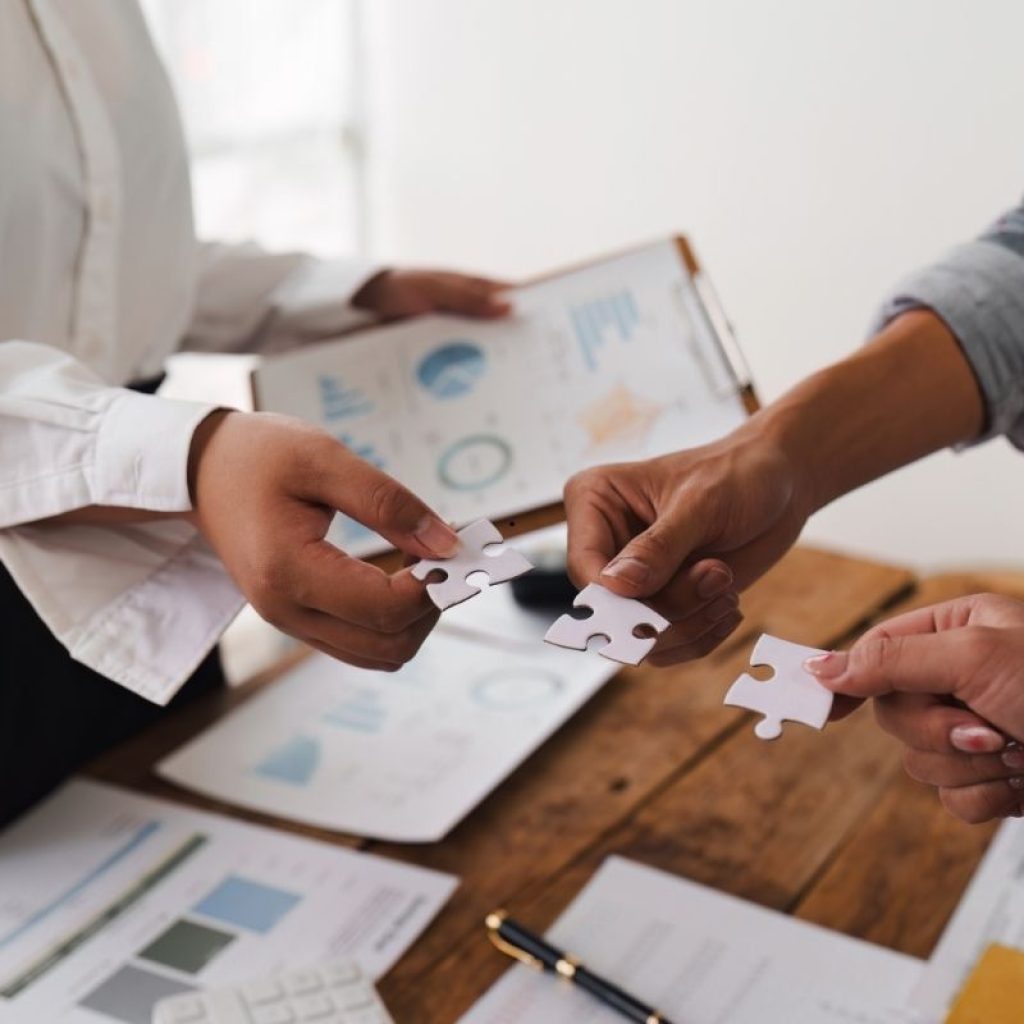Shocking Benefits of Automated Workflow You’re Missing

You’ve probably heard business leaders throw around the term benefits of automated workflow, but do you really understand how powerful it is? For most people, automation is something abstract—maybe a tool that sends out emails or updates a spreadsheet. In reality, automated workflows are quietly transforming businesses, saving thousands of hours and eliminating stress you didn’t even know was avoidable.
If you’re still buried under repetitive emails, endless follow-ups, or manual data entry, then you’re missing out on the shocking advantages automation can deliver. Let’s dig deeper into what’s really at stake.
Why the Benefits of Automated Workflow Matter More Than Ever
The Cost of Manual Workflows
In a traditional setup, you assign tasks, chase approvals, and track progress manually. Each step requires human effort and risks mistakes. Multiply that across hundreds of tasks, and you lose weeks of productive time.
The Shift With Automation
With workflow automation, you set rules once, and the system handles repetitive actions. Notifications, assignments, and follow-ups happen instantly, without your intervention. You remain in control—but without the busywork.
Benefits of Automated Workflow in Saving Time
Time is the one resource you can’t buy back, and automation helps you reclaim it.
Faster Approvals and Decisions
Think about an approval chain that normally takes five to seven days because emails get buried. With automated routing, digital signatures, and instant alerts, the same approval can happen in a single day.
Example: Employee Onboarding
Onboarding a new hire often requires paperwork, training schedules, and equipment requests. Automated workflows assign each task, track completion, and remind responsible parties—without you lifting a finger.
Benefits of Automated Workflow in Reducing Errors

Mistakes cost money and reputation. Automation is designed to minimise them.
Accuracy in Data
When systems talk to each other automatically, you don’t risk typos or duplicate entries. One form submission can update your CRM, email list, and HR database simultaneously.
Staying Compliant
Many industries require documented approvals, timestamps, and secure recordkeeping. Automated workflows provide an audit trail without manual logging, reducing compliance risks.
Benefits of Automated Workflow for Team Collaboration
Collaboration often fails because tasks get lost in emails. Automation keeps everyone aligned.
Clear Accountability
Every task is automatically assigned, and reminders go out when deadlines approach. Everyone knows their responsibility.
Real-Time Visibility
Instead of waiting for updates, dashboards display live progress. Managers don’t need to chase updates, and team members can focus on their work.
Benefits of Automated Workflow in Customer Experience
Your clients may never see the automation, but they’ll feel the difference.
Faster Response Times
Support tickets, inquiries, or leads automatically route to the right team. Customers get help faster, and satisfaction rates soar.
Personalized Engagement
Automated workflows trigger emails, thank-you notes, or surveys at the right time. Customers feel valued because they get consistent communication without delays.
Comparing Manual vs. Automated Workflows
| Workflow Stage | Manual Workflow | Automated Workflow |
| Task Assignment | Emails, sticky notes, manual reminders | Automatic assignment + notifications |
| Document Approval | Print, sign, scan, resend | Digital signature + instant routing |
| Customer Follow-Up | Manual call or email reminders | Pre-scheduled personalised follow-ups |
| Data Entry | Hand-typed into multiple systems | Auto-sync across apps |
| Reporting | Hours building spreadsheets | Real-time dashboards |
Benefits of Automated Workflow in Scaling Your Business
Handling Growth Without Chaos
As your business grows, manual processes eventually break down. Automated workflows expand with you, handling more clients, projects, and data effortlessly.
Consistency at Scale
Every task follows the same set of rules, which means quality doesn’t decline even as your volume increases.
Benefits of Automated Workflow for Employee Morale
Your employees don’t want to spend their days chasing paperwork.
Reducing Burnout
When automation takes over repetitive tasks, employees focus on strategic work that matters. This reduces stress and increases retention.
Boosting Job Satisfaction
Teams feel more motivated when their work contributes to outcomes instead of menial tasks. They get to innovate instead of babysitting spreadsheets.
When Automation Can Backfire
Automation is powerful, but it’s not perfect.
Pros
- Saves significant time
- Increases accuracy and compliance
- Improves customer satisfaction
- Helps scale without extra staff
- Boosts employee morale
Cons
- Overuse can make communication feel robotic.
- Requires careful setup and monitoring
- Costs can add up with multiple tools.
Real-Life Story: How Automation Doubled Campaign Speed

A marketing agency struggled with campaign approvals. Designers would wait up to a week for managers to approve creatives, which delayed launches. After setting up an automated workflow with approval chains and instant notifications, the average approval time dropped from seven days to two. Clients noticed faster delivery, which led to more referrals and repeat business.
This single change not only saved time but also boosted revenue and reputation.
FAQs About the Benefits of Automated Workflow
Q1: What exactly is an automated workflow?
It’s a series of tasks that happen automatically based on triggers and rules you define.
Q2: Do I need expensive software?
Not necessarily. Tools like Asana, Zapier, and Trello offer affordable or even free options.
Q3: Will automation replace my employees?
No. It frees them from repetitive work so they can focus on higher-value projects.
Q4: Is workflow automation useful for small businesses?
Absolutely. Even automating basic tasks like lead responses or appointment scheduling saves hours.
Q5: How do I get started with automation?
Start with one repetitive process—like document approvals—then expand once you see the impact.
Q6: How do I measure automation’s success?
Look at metrics like time saved, error reduction, faster responses, and employee satisfaction.
Q7: Can automation improve compliance?
Yes. Automated logs and records ensure compliance without extra effort.
Conclusion: Why You Can’t Ignore the Benefits of Automated Workflow
The benefits of automated workflow are bigger than most people imagine. It’s not just about saving time—it’s about reducing errors, improving customer experience, and boosting employee morale. Automation scales with your growth, keeps your processes consistent, and frees your team for the work that matters most.
Also read: Real Estate Workflow Automation Secrets Agents Don’t Share





